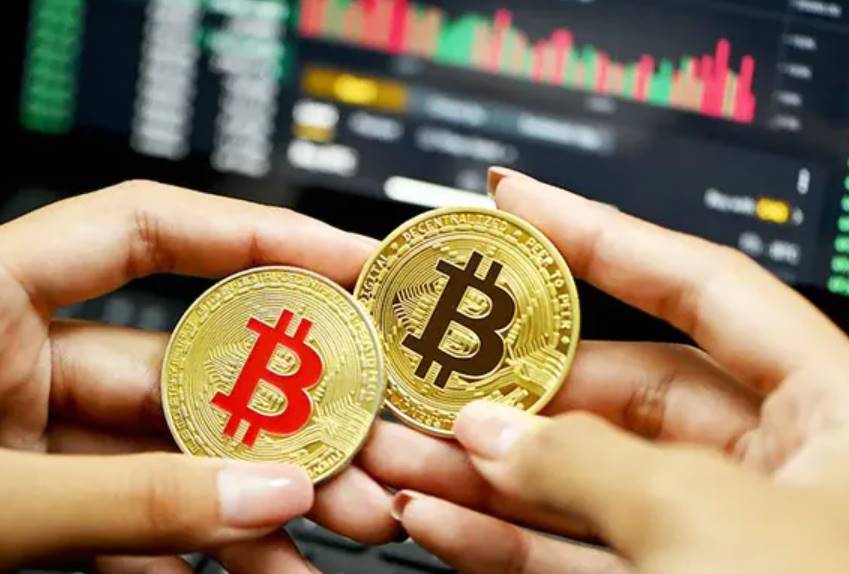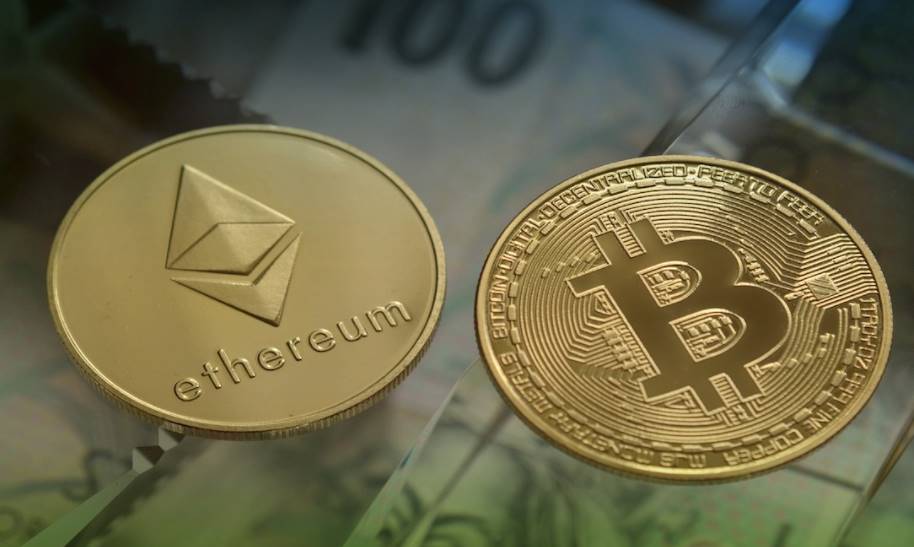The crypto market has been on a strong rally since the beginning of the year, reaching a total value of $2.3 trillion, just 20% below its all-time high of $2.8 trillion in late 2021. The market has been driven by the increasing adoption and innovation of cryptocurrencies, especially Bitcoin, which has regained its dominance and surpassed $50,000 for the first time since May 2021. However, the rally is not over yet, as several indicators suggest that the crypto market is still in the early stages of a bull market, and that there is more room for growth. Here are three charts that show how the crypto market is just getting started.
Bitcoin’s market value to realized value ratio
One of the indicators that can help assess the state of the crypto market is the market value to realized value (MVRV) ratio, which compares the market capitalization of a cryptocurrency to its realized capitalization. The market capitalization is calculated by multiplying the current price by the circulating supply, while the realized capitalization is calculated by multiplying the price at which each coin was last moved by the circulating supply. The MVRV ratio can indicate whether a cryptocurrency is overvalued or undervalued, based on its historical trends.
According to data from TradingView, the MVRV ratio of Bitcoin, the largest and most influential cryptocurrency, is currently at 2.3, which is far below the levels of around 3.5 that have marked the peaks of previous bull markets. This means that Bitcoin is still undervalued, and that there is more upside potential for its price. The MVRV ratio also shows that Bitcoin has not reached the levels of euphoria and greed that usually precede a market crash, and that the market sentiment is still relatively balanced and healthy.

Coinbase’s trading volume
Another indicator that can help gauge the momentum and the activity of the crypto market is the trading volume of Coinbase, one of the largest and most popular crypto platforms in the world. The trading volume of Coinbase reflects the demand and the interest of the crypto investors, especially in the US, which is one of the biggest and most influential crypto markets. The trading volume of Coinbase can also indicate the level of adoption and the innovation of the crypto industry, as Coinbase offers a variety of crypto products and services, such as spot trading, futures trading, staking, lending, and custody.
According to data from Yahoo Finance, the trading volume of Coinbase Global, the parent company of Coinbase, was $145 billion in the fourth quarter of 2023, up 35% from the previous quarter and up 125% from the same quarter a year ago. The trading volume of Coinbase also reached a record high of $9.6 billion on January 7, 2024, when Bitcoin broke above $50,000. The trading volume of Coinbase shows that the crypto market is still growing and expanding, and that there is still a lot of demand and interest for cryptocurrencies, especially from institutional and retail investors.
The number of active crypto addresses
A third indicator that can help measure the health and the diversity of the crypto market is the number of active crypto addresses, which are the unique identifiers of the crypto wallets that send or receive transactions on a blockchain. The number of active crypto addresses can show the level of participation and the engagement of the crypto users, as well as the level of innovation and the development of the crypto projects, as different blockchains have different features and functionalities.
According to data from Coin Metrics, the number of active crypto addresses across the major blockchains, such as Bitcoin, Ethereum, Binance Smart Chain, Solana, and Cardano, reached a new all-time high of 77 million on January 9, 2024, up 22% from the previous peak of 63 million in May 2021. The number of active crypto addresses also shows a high degree of diversity and variety, as different blockchains cater to different use cases and preferences, such as payments, smart contracts, decentralized applications, and non-fungible tokens.




